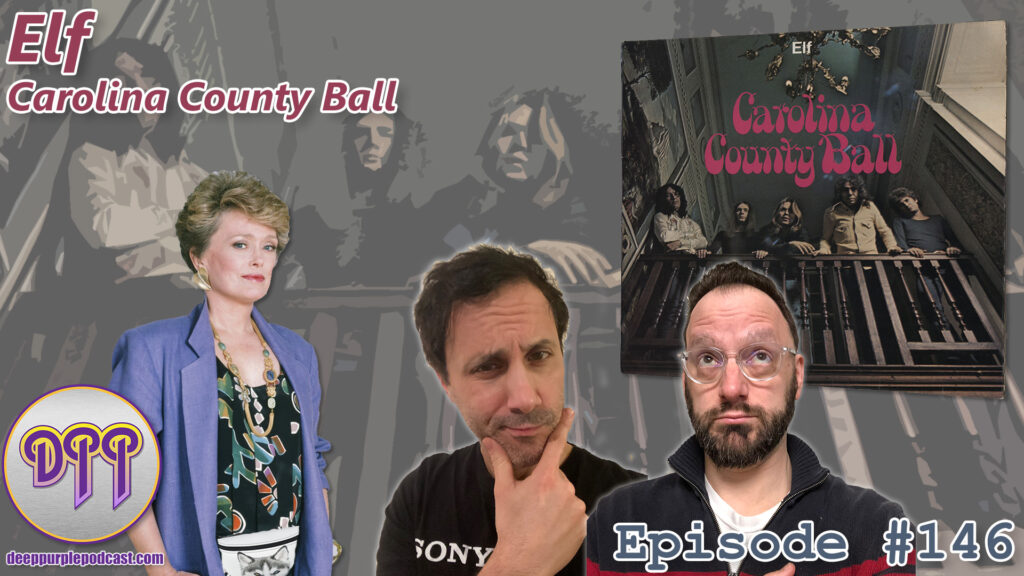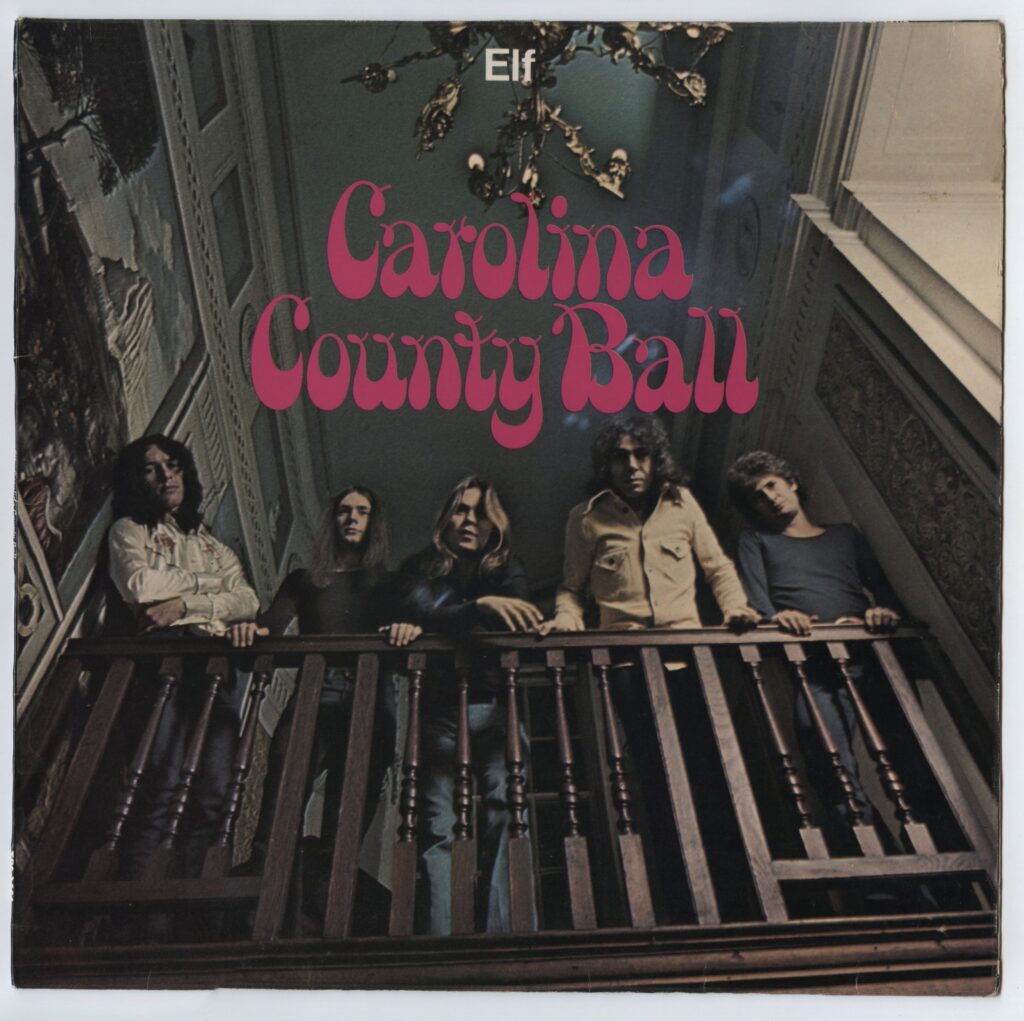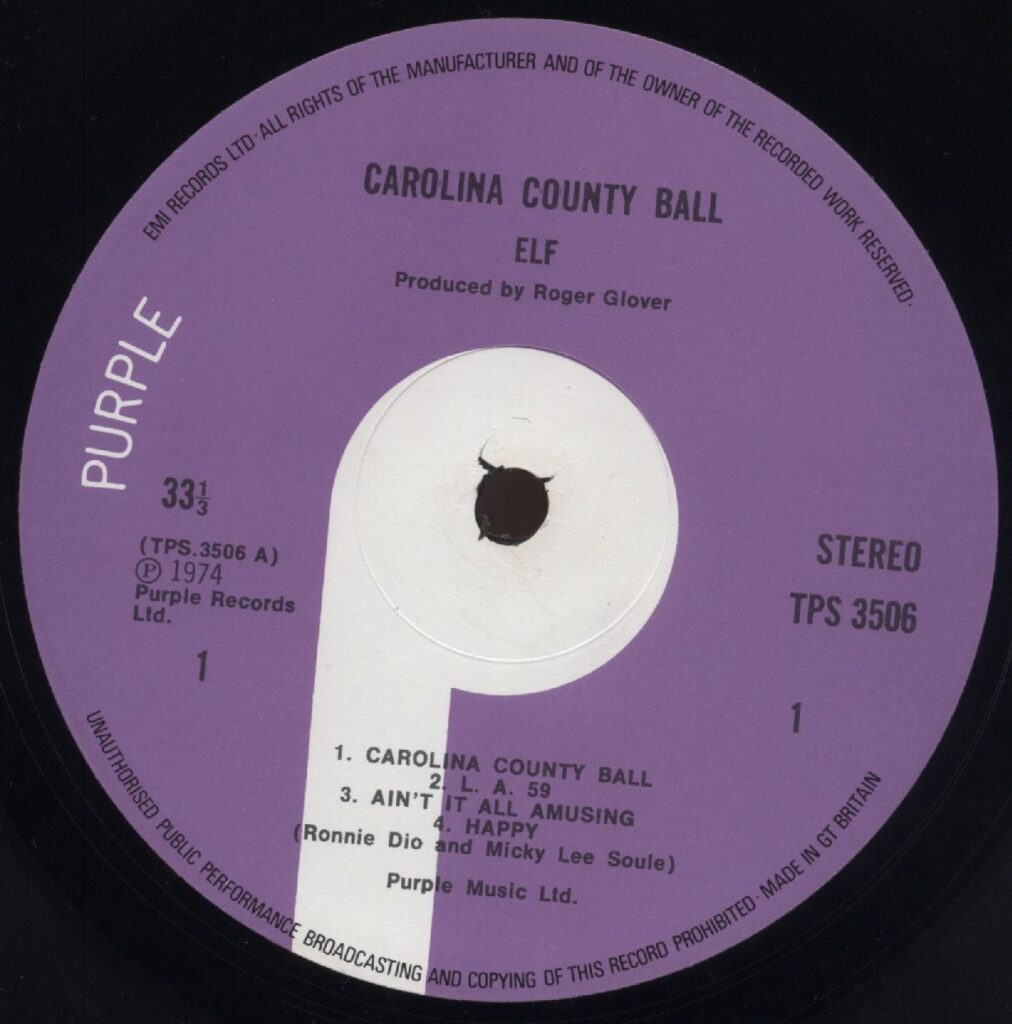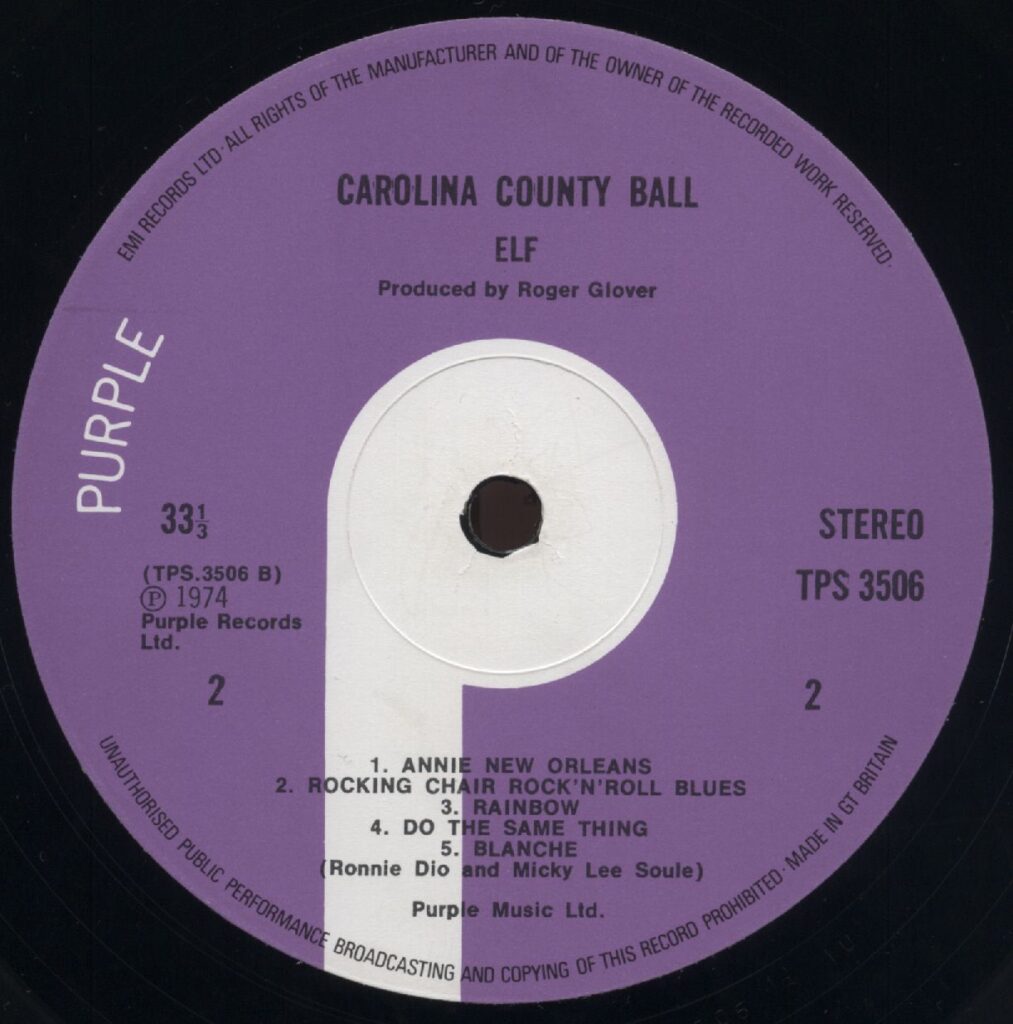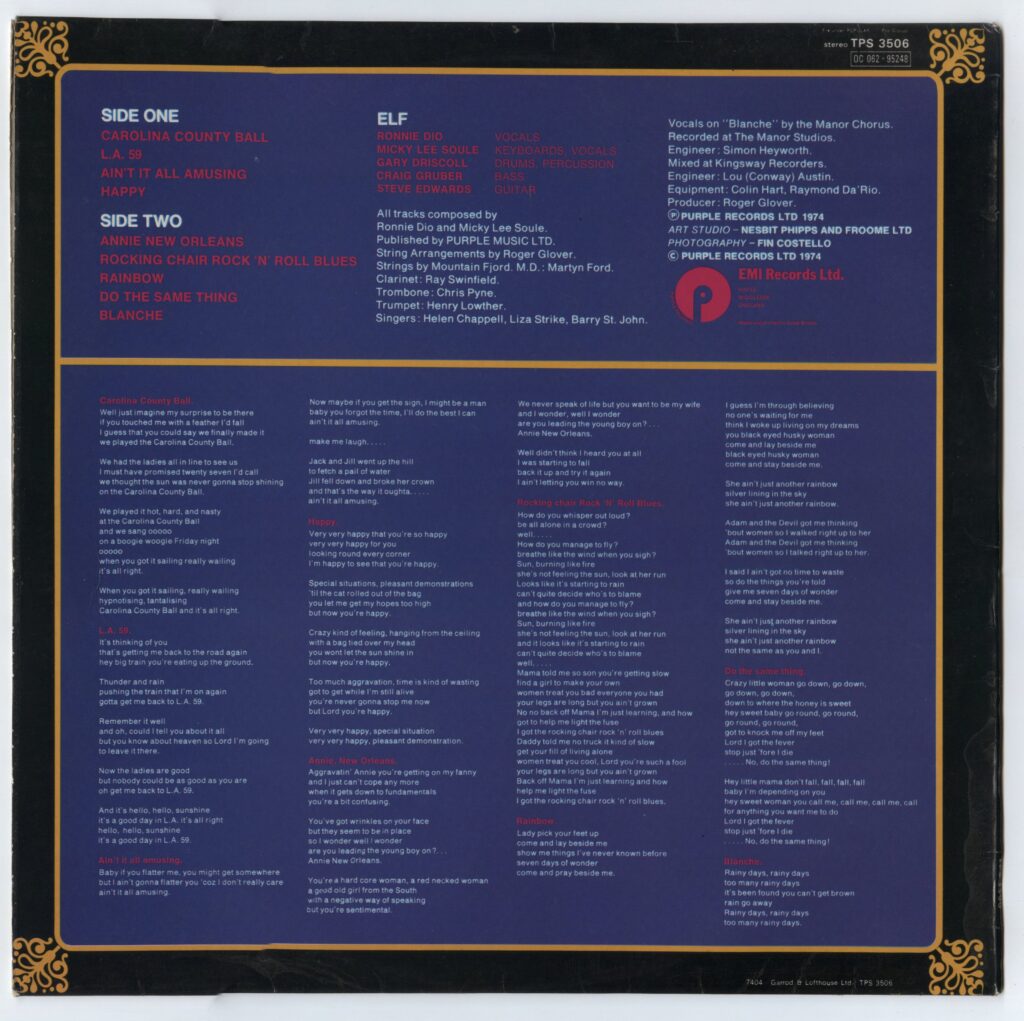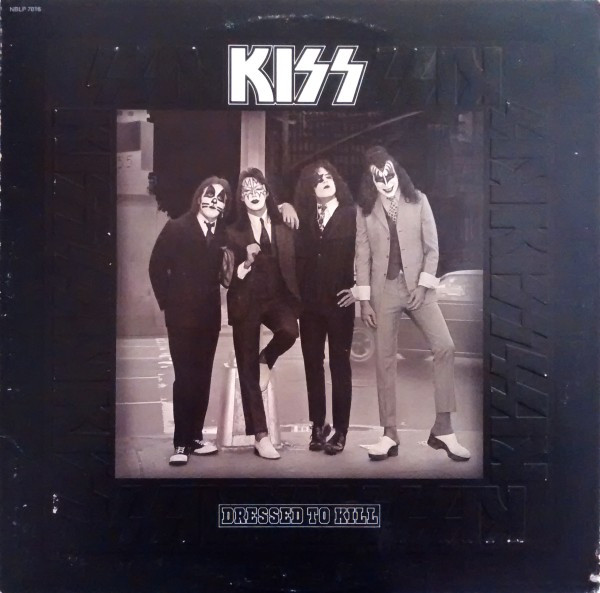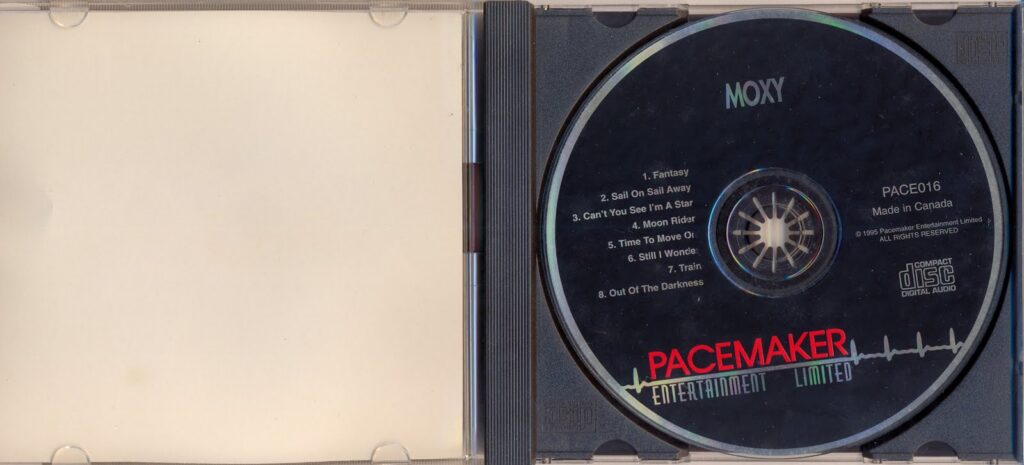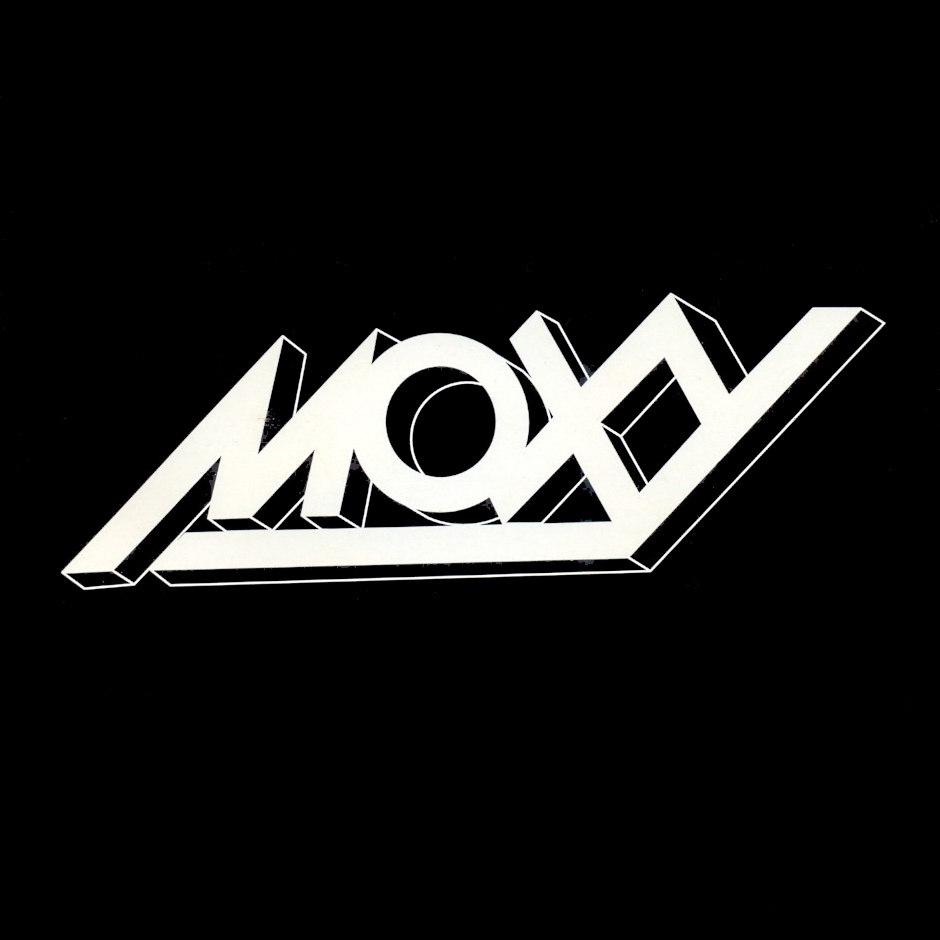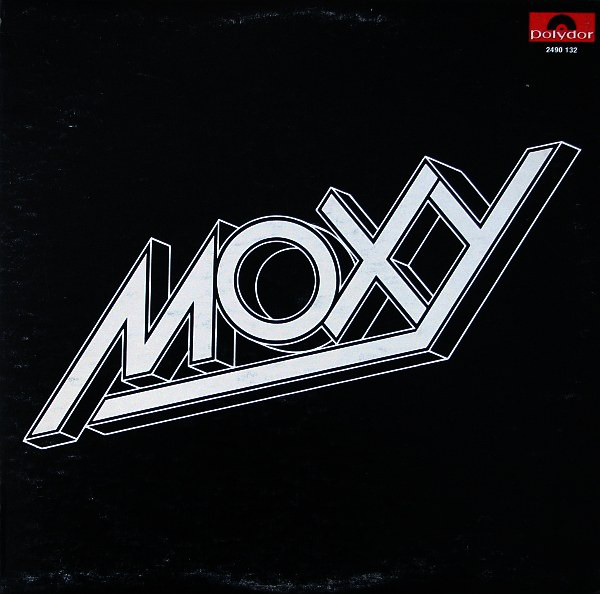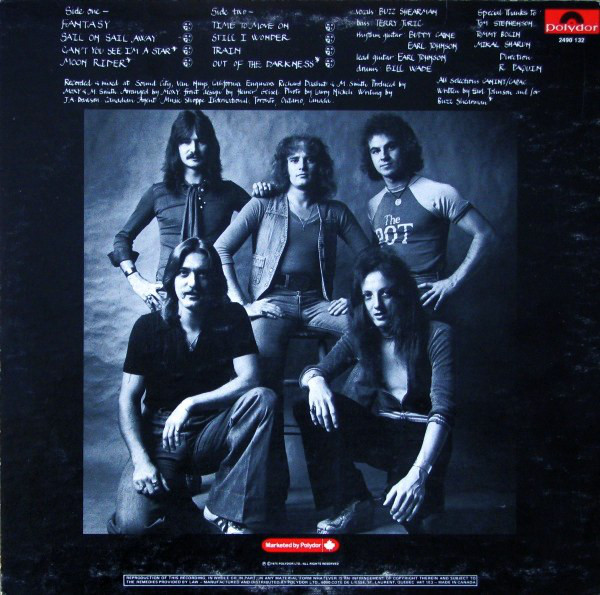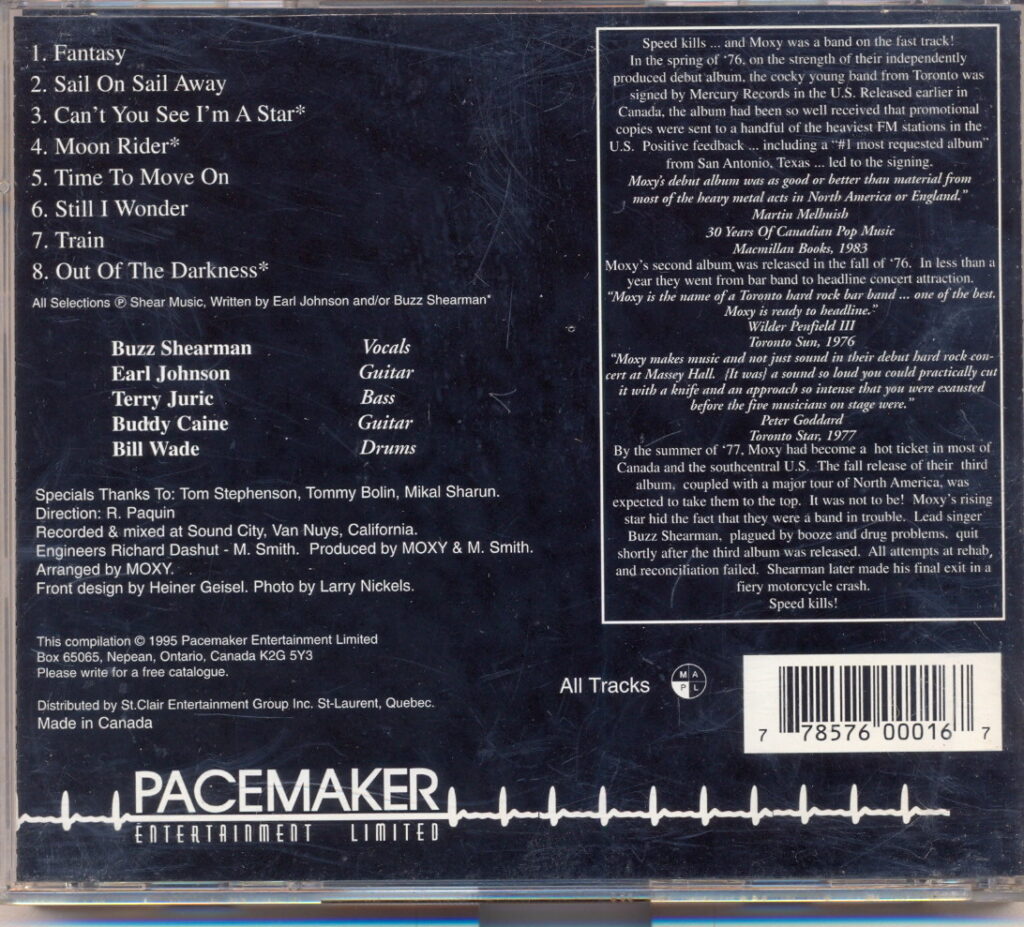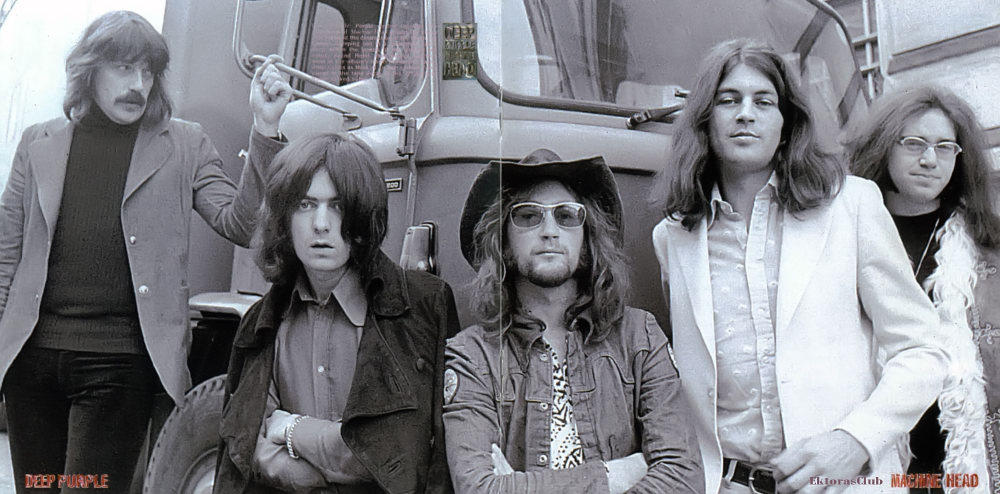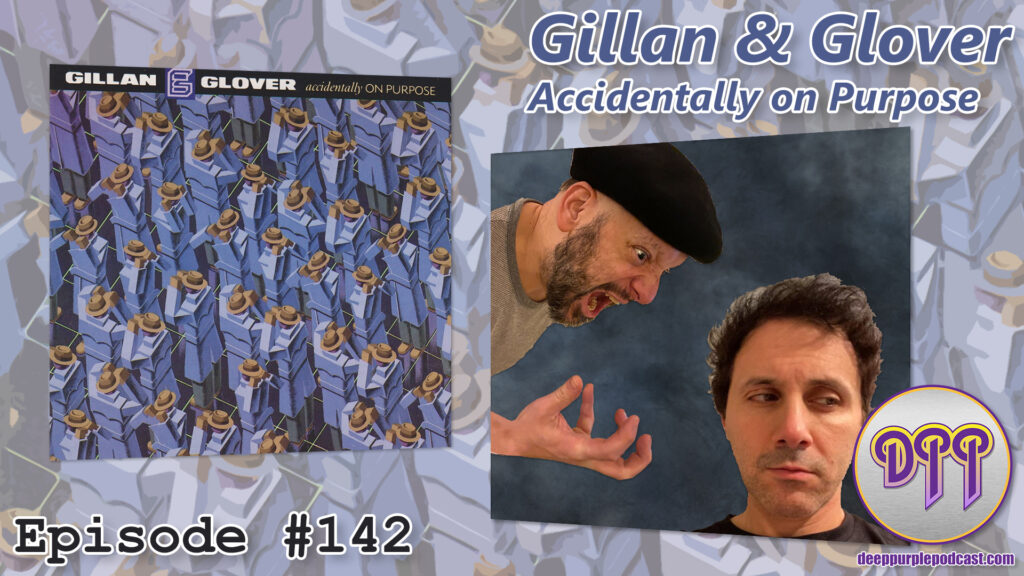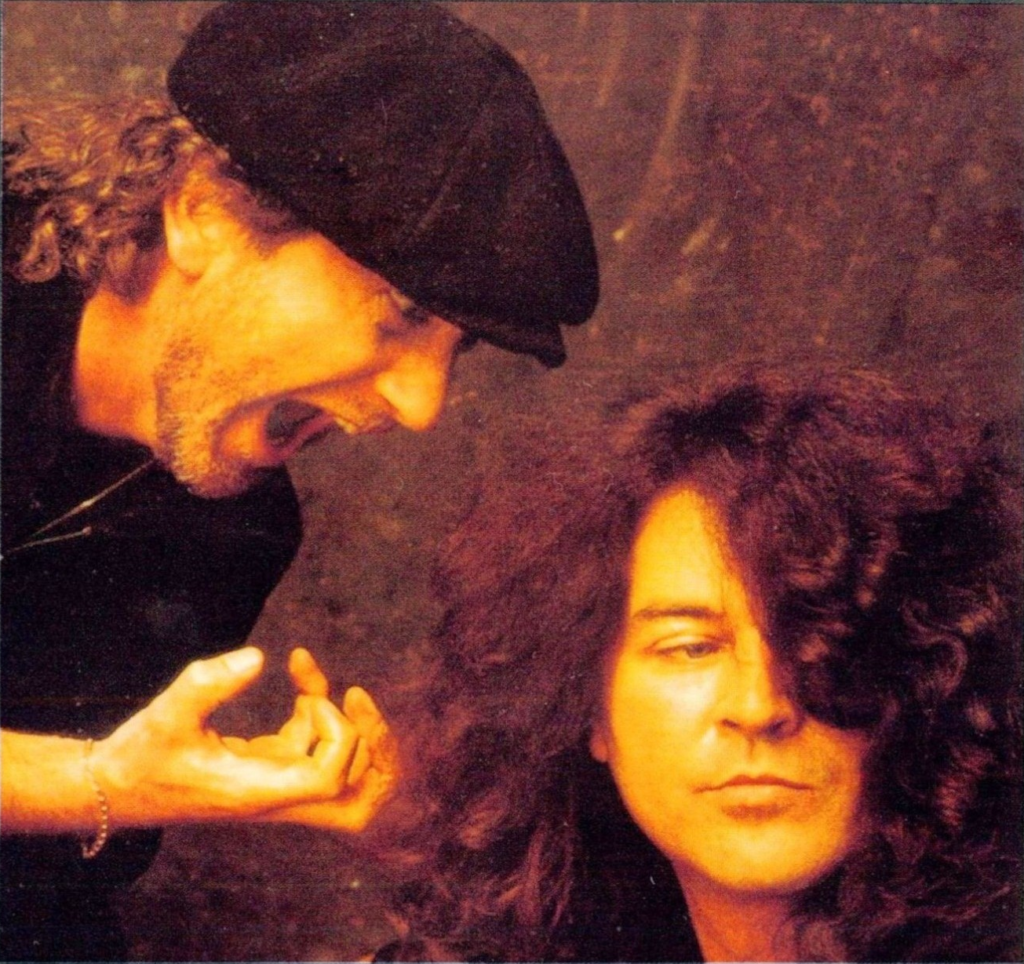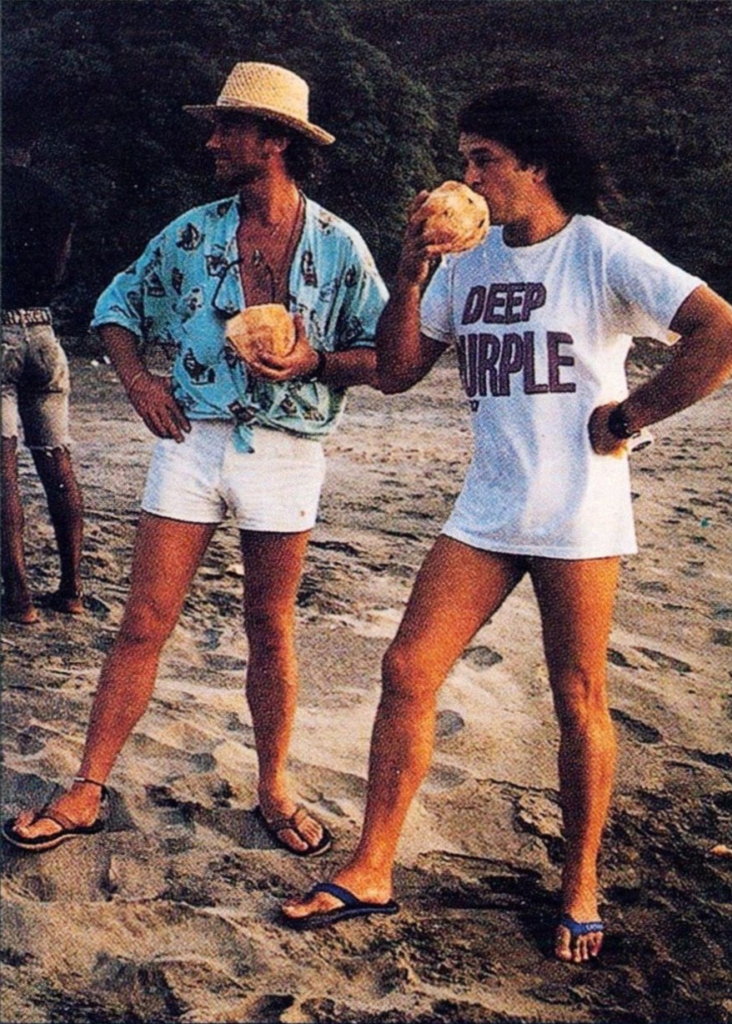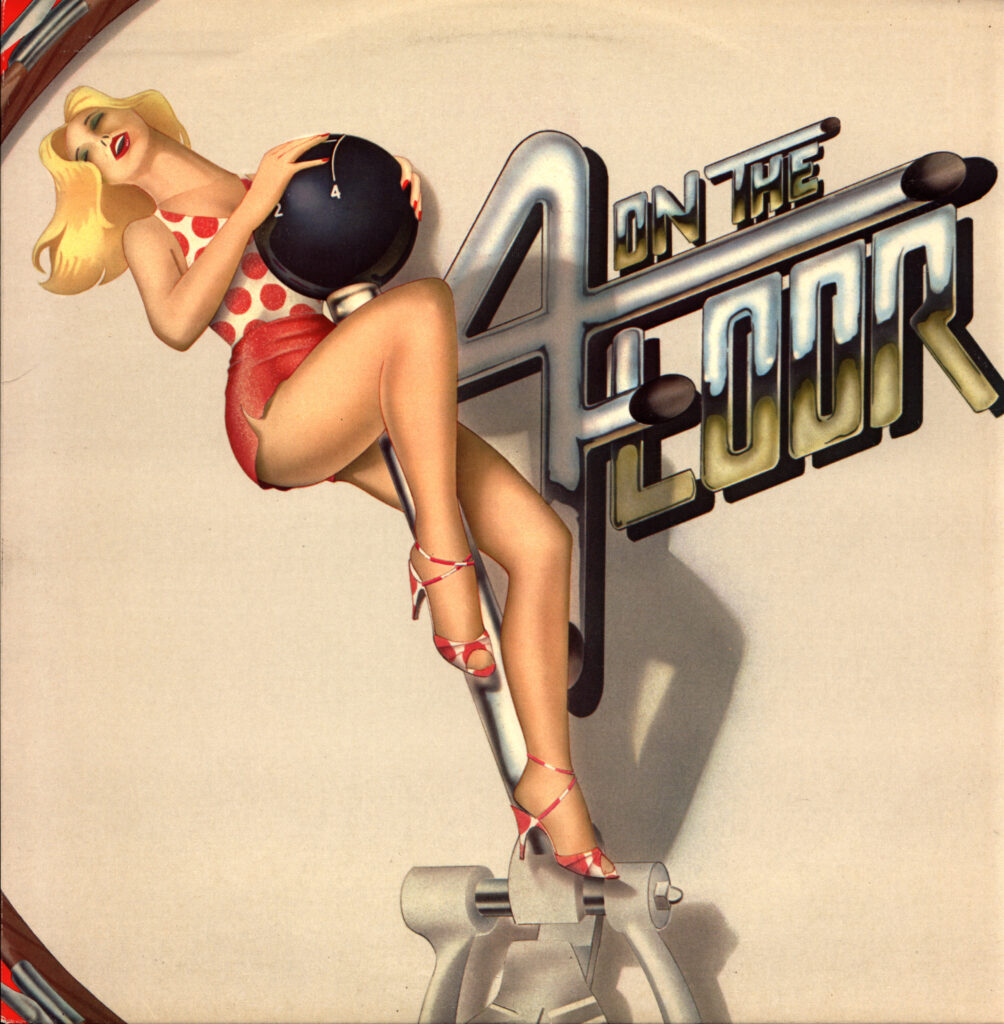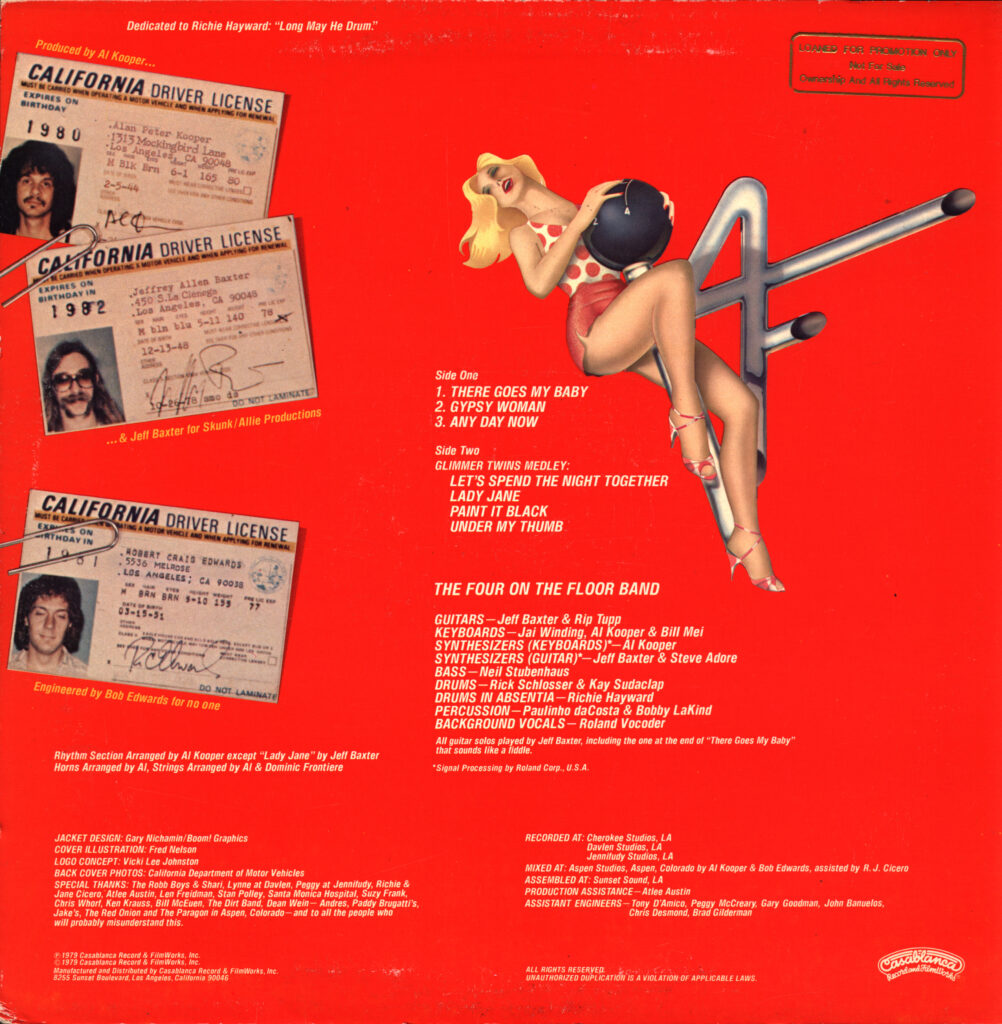Subscribe at Apple Podcasts, Stitcher, Google Podcasts, Overcast, Pocket Casts, Anchor.fm, Breaker, PodBean, RadioPublic, Amazon Music, or search in your favorite podcatcher!
How To Support Our Show:
- Leave us a 5-Star Review on Apple Podcasts
- Buy Merch at Our Etsy Store!
- Become a Patron on Patreon
- Donate on Paypal (Donate one time or click “make this a monthly donation” box)
Welcoming Our Newest Patron(s):
- At the $3 “Nobody’s Perfect” Tier
- Øyvind Fjeldbu (EYE-VIND FJELBOO)
- “Thank you for doing this great show. Some time last year I searched the Internet for possible podcasts on Deep Purple, and your podcast naturally came up. I started listening and realized quickly that this was the perfect podcast for me as I’m a huge fan of DP and related bands and output. I thoroughly enjoy it, usually while walking our dog, and I learn and laugh a lot! Looking forward to the forthcoming episodes and especially when you reach the Morse era. Keep up the good work!”
Thanks to Our Executive Level Patrons:
- The £10 Tier
- Dr. Jill Breis
- The Turn it up to $11 Tier
- Clay Wombacher
- Frank Theilgaard-Mortensen
- Alan “Ain’t Too Proud To” Begg
- Mikkel Steen
- $10 “Some One Came” Tier
- Ryan M
- Jeff Breis
- Gerald Kelly – Paypal
- Victor Campos
- “Better Call” Saul Evans
- Richard Fusey
Show Update:
- Nate & John (and assorted patrons and listeners) will be in Florida in February, 2022 for the first two Deep Purple shows in nearly two years!
- February 10, 2022 – Hollywood, Florida – Hard Rock Live Arena.
- Tickets: https://www.ticketmaster.com/event/0D005B4FDCAFD529
- Meet up: TBD
- February 12, 2022 – St. Petersburg, Florida – Mahaffey Theater
- Tickets: https://www.ticketmaster.com/event/0D005B52C1FCD2C9
- Meet up: TBD
Deep Dive Podcast Network:
See our original episode here:

The Weird Versions:
- Smoke on the Water [Bardcore]
- Deep Purple, Smoke on the water – Maël Isaac
- Deep Purple-Smoke On The Water Gayageum ver. by Luna (posted by Raj Kohli on Twitter: https://twitter.com/HantsRajKohli)
- Smoke On The Water in NEGATIVE HARMONY! (riff and solo)
- Deep Purple – Smoke On The Water [2021 Summer Remix]
- SMOKE ON THE WATER
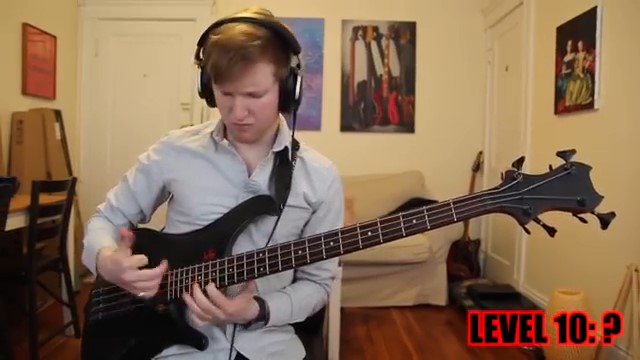
Thanks to Our Core Level Patrons:
- The $7.77 KeepItWarmRat Tier
- Michael Vader
- The Episode $6.66 Tier
- Steve Coldwell
- Arthur Smith
- Anton Glaving
- The $6.65 “Almost Evil” Tier
- Kenny Wymore
- $5.99 The “Nice Price” Tier
- Fielding Fowler
- Robert Smith
- Peter from Illinois
- $5 “Money Lender” Tier
- John Convery
- German Heindl
- Adrian Hernandez
- Jesper Almén
- Oleksiy The Perfect Stranger Slyepukhov
- James North
- Mark Hodgetts
- Kev Roberts – (courtesy of his wonderful children: Matthew, Gareth, and Sarah)
- Will Porter
- Zwopper The Electric Alchemist
- Tim “Southern Cross” Johnson

More Weird Versions:
- SMOKE ON THE WATER (Deep Purple) Harp Twins – Camille and Kennerly HARP ROCK/METAL
- How To TRIGGER A Show-Off Musician Pt. 2
- Song No.322 “Smoke On The Water”|Deep Purple|Contemplative Piano Edit by Marcel Lichter Island Piano (from Jorg)
- KID ABELHA NO PROGRAMA LIVRE “SMOKE ON THE WATER”
- If Deep Purple was Delta Blues… Smoke on the Water (Slide Guitar Cover)
- Joint at Venture – Smoke on the water (Deep Purple Cover) – ein echter Rock – Klassiker

Thanks To Our Foundation Level Patrons:
- The $3.33 Half Way to Evil Tier
- Raff Kaff
- $3 “Nobody’s Perfect” Tier
- Peter Gardow
- Ian Desrosiers
- Mark Roback
- Duncan Leask
- Stuart McCord
- Flight of the Rat Bat Blue Light
- Øyvind Gjems Fjeldbu – NEW PATRON ALERT!
- $1 Made Up Name Tier
- The “Weird Version of a Gravesite” Leaky Mausoleum
- Stephen Sommerville The Concerto 1999 Fanatic
- Spike, The Rock Cat
- JJ Stannard
- Hank the Tank
- Private Eyes
- Ashen Lionel
- Comments about the show? Things you’d like us to cover? We’d love to hear from you. Send us an email at info@deeppurplepodcast.com or @ us on Twitter, Facebook, or Instagram.

